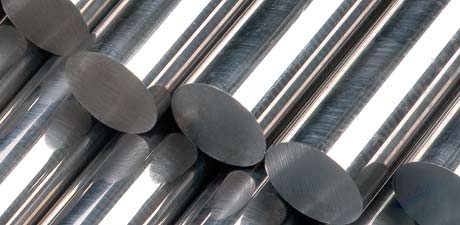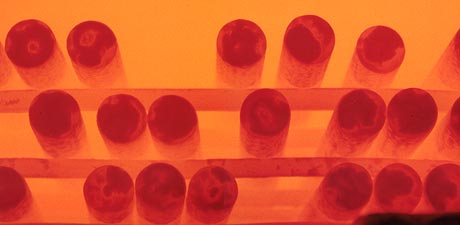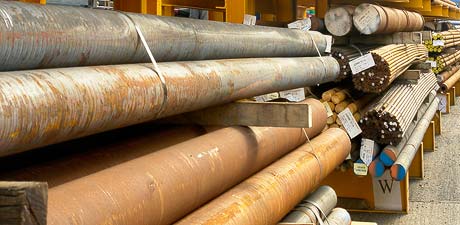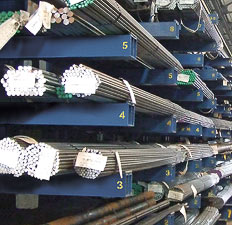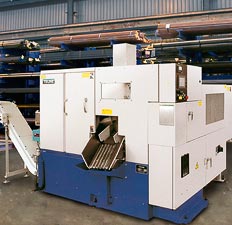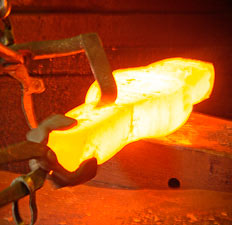Technical Data
Metallurgical Terms
Cooling and Heating Curves.
Graphs obtained by plotting time against temperature for a metal cooling or heating under constant conditions. Changes of rate resulting from the absorption or evolution of heat indicate phase changes.
Core.
(a) The inner and unaffected part of a case hardened steel which is softer than the surface layer or case.
(b) A solid mass of sand or loam forming part of the mould.
(c) That part of a magnetic circuit around which the winding is placed.
Coring.
The microscopic segregation developed by the progressive freezing of zones successively richer in one metal when a liquid solution of two metals is solidifying to form a solid solution.
Corrosion Fatigue.
Corrosion combined with alternating or repeated stress accelerates the fatigue. The severity of the action depends upon the range and frequency of the stress, the intensity of the corroding conditions and the time. The fracture is similar to a fatigue fracture, but may exhibit a characteristic discolouration, dark at the origin and grading away to a lighter shade with increasing distance from it.
Cr.
Chemical symbol for chromium.
Cratering.
The formation of a cavity on the face of a cutting tool near its tip as a result of wear during machining.
Creep Test.
A method of determining the plastic deformation of metals under a definite load at a definite temperature. Various criteria are used for assessing the behaviour of materials in a creep test, namely (i) as a definite creep rate, e.g., between x and z hours (e.g., 24-72 or 25-35) or creep rate at 1,000 hours, (ii) total deformation in a certain period of time. Owing to the lengthy nature of such testing where the service may extend to 10 years, or longer, considerable use is made of the extrapolation of creep test results obtained for relatively short times.
Crevice Corrosion.
(Shielding). This type of attack occurs in crevices as formed by washers, sleeves or bearings, etc., or at the edge of a protective coating. It is due to a concentration of corrosive media or by a depletion in oxygen resulting in an aeration cell.
Critical Cooling Rate.
The term, as applied to steel, represents the slowest rate of cooling which allows the formation of martensite. In many cases this amounts to the rate of cooling which will just suppress the austenite/pearlite transformation. (See also Transformation Range).
Critical Points.
The points of temperature at which changes of phase occur in steel. They are marked by the liberation of heat, recalescence, during cooling and by absorption of heat, decalescence, on heating, thus resulting in halts or arrests on the cooling or heating curves. In steel there are several such points, the temperature for which depends largely on the composition of the steel. (See also Transformation Range).
Critical Temperature.
(a) The temperature at which some change occurs in a metal or alloy during heating or cooling, i.e., the temperature at which an arrest or critical point is shown on heating or cooling curves.
(b) The temperature at which alpha iron loses its magnetic properties, i.e., about 770°C.
(c) The temperature above which a given gas cannot be liquefied.
Cryogenic.
A term used for low temperatures, e.g., cryogenic steel is for sub-zero use.
Crystal Boundaries.
The surfaces of contact between adjacent crystals in a metal. Anything not soluble in the crystals tends to be situated at the crystal boundaries, but in the absence of such a phase, the boundary between two similar crystals is simply the region where the orientation changes.
Crystalline Fracture.
(See Fracture).
Cu.
Chemical symbol for copper


